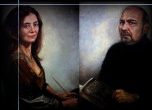 |
 |  |  |
 |
|
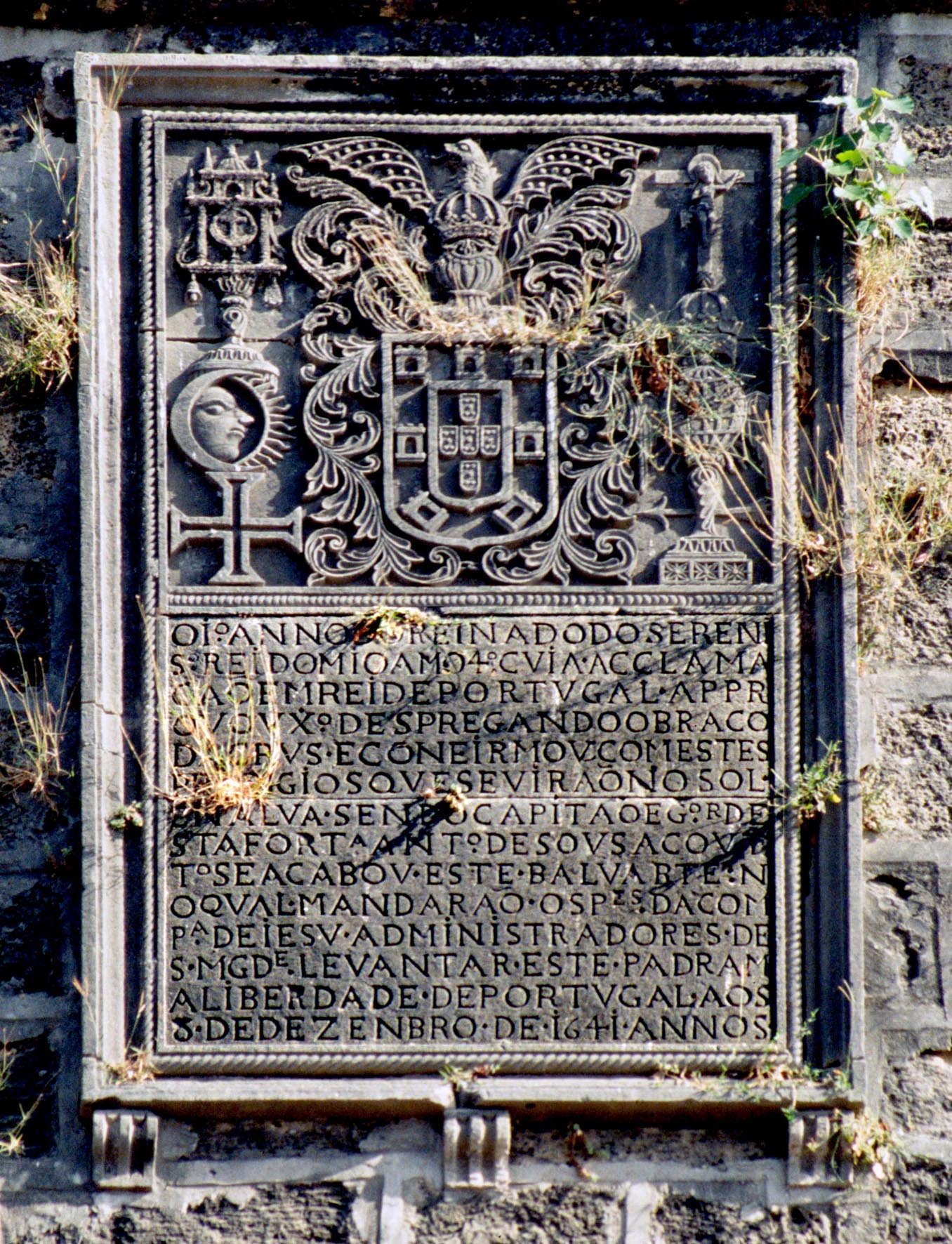
The Portuguese fort of Diu, inscription on St. Dominic’s (São Domingos) Tower declaring: “In the first year of the reign of the Most Serene King Dom João IV, whose proclamation as King of Portugal was endorsed by Christ un-nailing his arm from the cross, and confirmed by those portents which appeared in the Sun and Moon, as Captain, and Governor of this fort, Antonio de Souza Coutinho completed this tower, as commissioned by the Fathers of the Society of Jesus, administrators of His Majesty, to raise this monument to the freedom of Portugal on 8 December of 1641”. To the left of the coat of arms is the image of the sun and moon and to the right Christ with one hand released from the cross.
The Shokoohys’ research focus has been on little or unknown sites and monuments as well as urban studies relating to the Iranian world and South Asia, resulting in the publication of numerous learned papers, monographs and contributions to books concerning architecture in its broadest context including epigraphy, archaeology and mediaeval urban planning. Combining their expertise in architecture, architectural history, and languages their fieldwork is involved with surveying and producing accurate and comprehensive measured drawings of plans, sections and elevations of existing buildings as well as conjectural restoration drawings, and informative details of specific structural elements or uncommon features. The assistance of Bahram Leissi in the preparation of drawings of some of the projects is mentioned in the relevant publications. Mehrdad Shokoohy is also an epigraphist, specialising in Arabic and Persian inscriptions. He has written two books dedicated to this field (Rajasthan I and Haryana I) as well as providing readings of numerous inscriptions in other publications, clarifying the history of monuments and their regions.
_Jami%60.jpg?726)
Mehrdad Shokoohy’s individual research at the beginning of his career included study of the traditional architecture and urban environments of northern and western Africa, involving travel to most countries of the region (1974-5) and reading for his Doctoral Thesis entitled: Studies in the Early Mediaeval Architecture of Iran and Afghanistan. (1976-8, awarded in 1978). Most chapters of his thesis are published (see list of publications). He continued his research on the survey and study of the mid-twelfth century remains at Bhadresvar, on the coast of Gujarat (1978-81). The resulting book, Bhadresvar the Oldest Islamic Monuments in India, was sponsored by the Aga Khan Progam for Islamic Architecture, assisted by the J. Paul Getty Trust.
Fahraj, Yazd, Iran, the Jami` mosque, one of the two
earliest mosques of Iran built in the eigth or ninth century.
The Shokoohys’ joint research since 1980 includes:
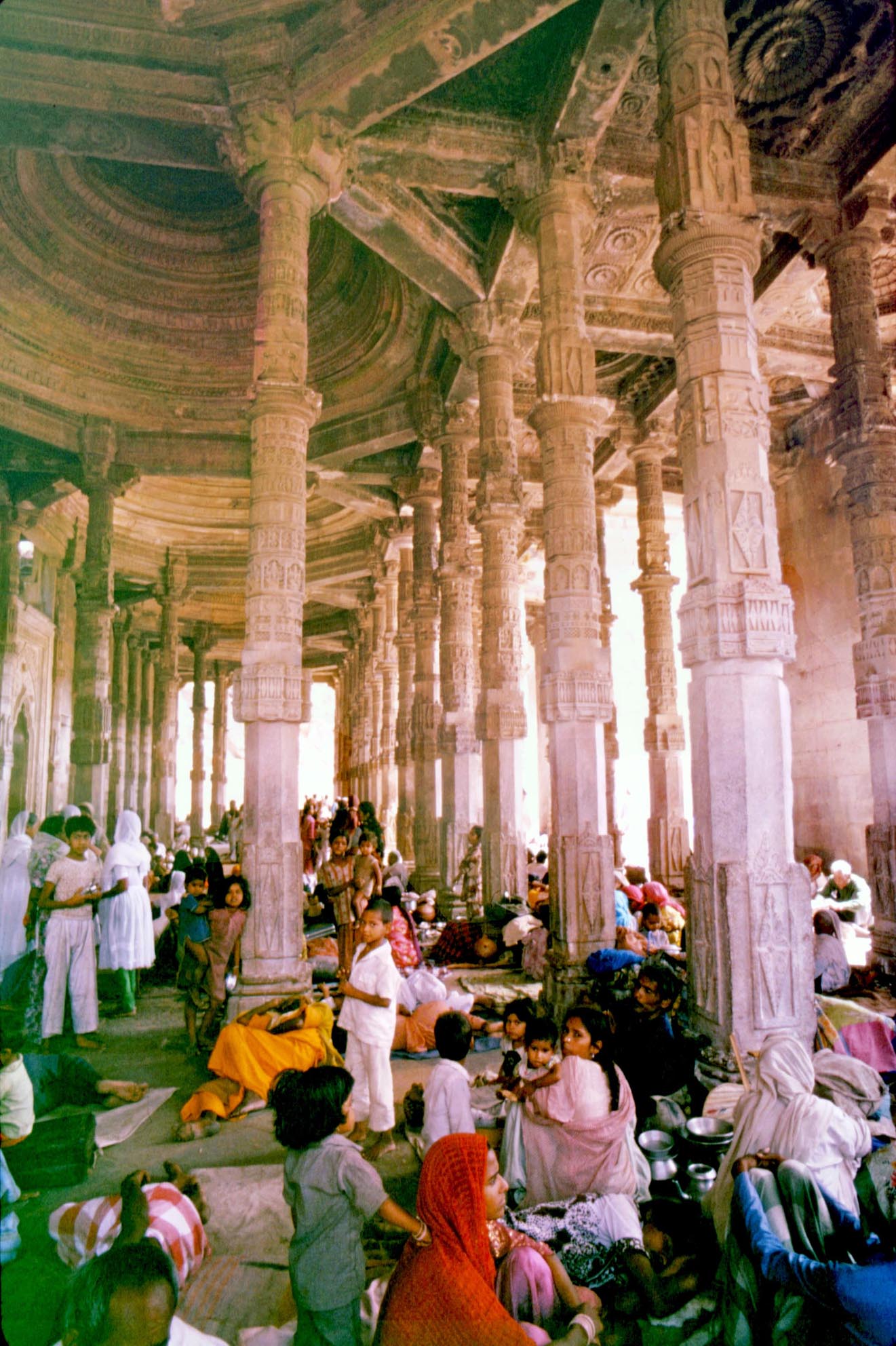 North India North India
Survey of twelfth to fifteenth century sites, their remaining structures and inscriptions in the states of Gujarat, Haryana, and Rajasthan. Fieldwork in 1981-84 sponsored by SOAS, the Corpus Inscriptionum Iranicarum, the Spalding Trusts and the Twenty-Seven Foundation (Institute of Historical Research, University of London); and in 1986-88 and 1990-92 by the British Academy (see list of publications). Natalie’s doctoral thesis was on the historical remains of Bayana, Rajasthan, and together they have published many books and articles on this and other sites.
Survey of the early fourteenth century town of Tughluqabad, Delhi, funded by the British Academy and the Stein Arnold Fund (1990-1997), and by the British Academy's Society for South Asian Studies 1998-2007, which also funded the publication of Tughluqabad, a paradigm for Indo-Islamic urban planning and its architectural components in its Monograph Series.
Ajmer, the mosque of Arhai din ka Jhonpra, built at the end of the twelfth century.
During the annual festival commemorating Shaikh Mu`in al-din Chishti thousands
of pilgrims from near and far come to the town and many occupy the mosque
during their stay.
 Survey of Sultanate sites (thirteenth to sixteenth century) in Somnath and other towns on the west coast of Gujarat. A preliminary paper on some of the early Sultanate remains in the town of Somnath was presented at the International Conference on Devotional Expressions of South Asian Muslims at the Institute of Ismaili Studies, London, in 2006 and was later published in the Bulletin of the School of Oriental and African Studies. “The legacy of Islam in Somnath” explores this topic in the light of the perhaps surprising history of civilized co-existence between Hindus and Muslims in such an important Hindu centre. The project is continuing with the aim of surveying and publishing a number of other unreported sites and edifices in the region. Survey of Sultanate sites (thirteenth to sixteenth century) in Somnath and other towns on the west coast of Gujarat. A preliminary paper on some of the early Sultanate remains in the town of Somnath was presented at the International Conference on Devotional Expressions of South Asian Muslims at the Institute of Ismaili Studies, London, in 2006 and was later published in the Bulletin of the School of Oriental and African Studies. “The legacy of Islam in Somnath” explores this topic in the light of the perhaps surprising history of civilized co-existence between Hindus and Muslims in such an important Hindu centre. The project is continuing with the aim of surveying and publishing a number of other unreported sites and edifices in the region.
Somnath, Gujarat, Idris Masjid dating from the fourteenth century and still
in use by the large Muslim community in the heart of this Hindu holy city.
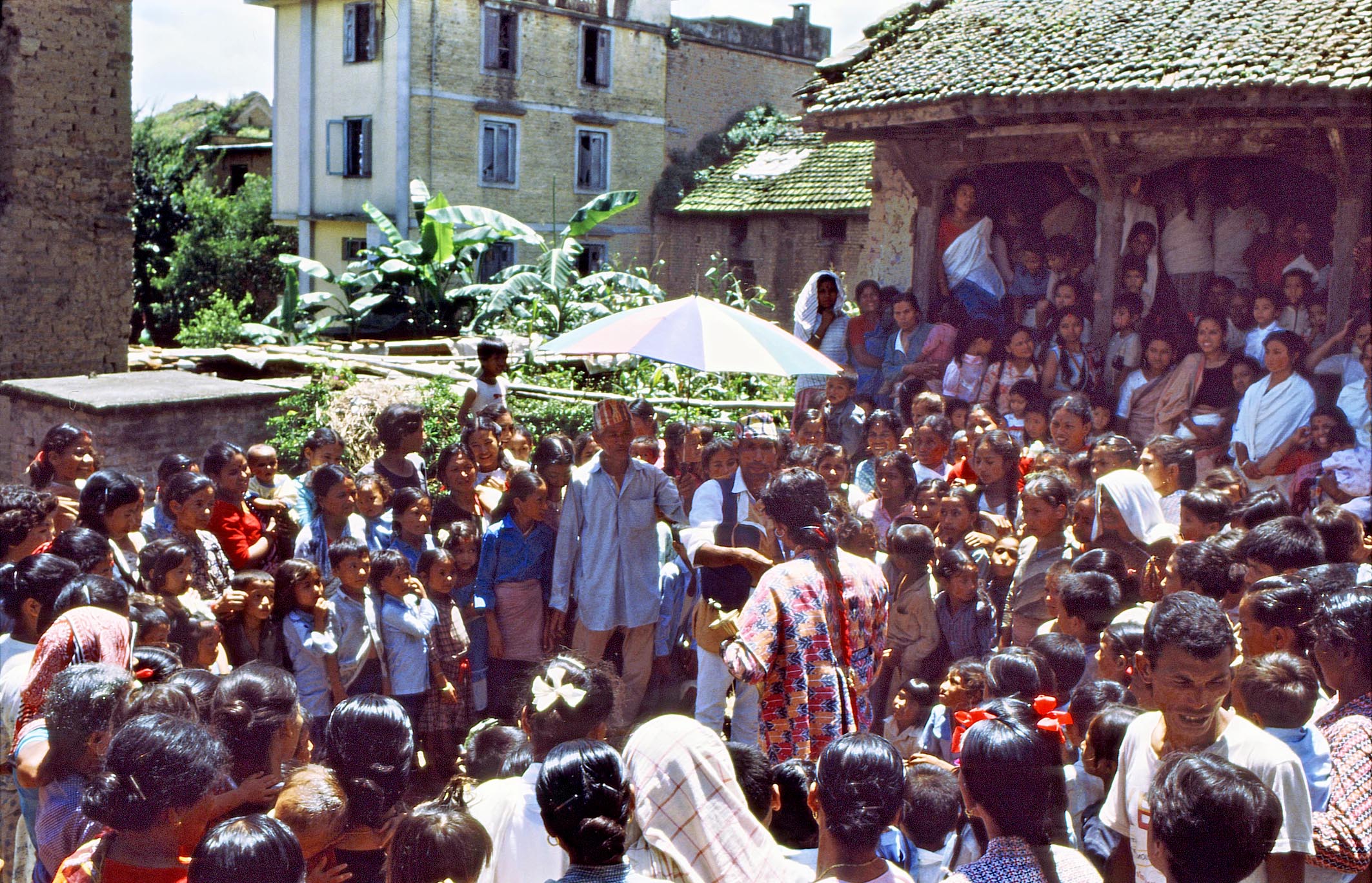 Nepal Nepal
Mehrdad Shokoohy was Project Director of the University of Greenwich project to study the historic heritage and present condition of the town of Kirtipur with a view to its conservation and development. Together with Natalie Shokoohy and a team of international experts from the United Kingdom, France and Nepal including from Kirtipur many aspects of the town were studied, urban patterns analysed and monuments surveyed. The results were presented as a monograph; Kirtipur, An Urban Community in Nepal - its People, Town Planning, Architecture and Arts as well as in a number of articles, putting this formerly little-regarded town firmly on the map (Research and publication funded mainly by the University of Greenwich, 1986-94).
Kirtipur during the annual Gai Jatra or Cow Festival, when to dispel the sadness of recently bereaved families the whole town joins in processions and festivities, and skits are performed; here a man plays a nagging wife.
Mehrdad and Natalie Shokoohy, together with Uttam Sagar Shrestha continued monitoring land use, urban and social changes in Kirtipur (funded by the University of Cambridge, 1995-97).
The Shokoohys, along with Sukra Sagar Shrestha (former Chief Archaeologist of the Department of Archaeology, Government of Nepal) have focused on studying and cataloguing the street shrines, Buddhist, Hindu and aniconic of Kirtipur (1996-2014). The result of the project has been published as Street Shrines of Kirtipur, as long as the sun and moon endure.
South India
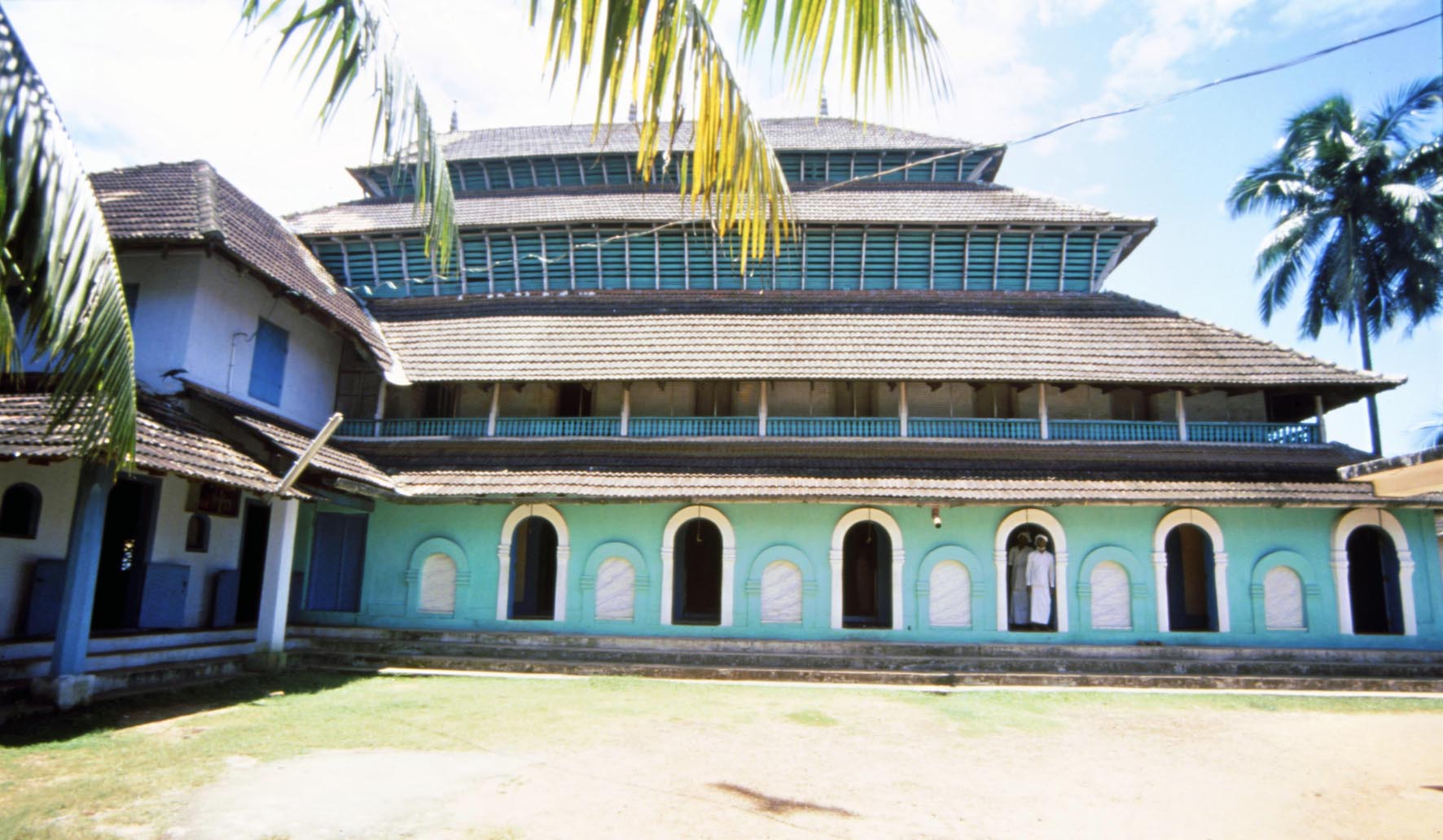 Survey of the remains of the Sultanate of Ma'bar and the monuments of the maritime settlers on the Coromandel and Malabar coasts. The research was funded by the British Academy and the Leverhulme Trust 1991-7, and by the British Academy's Society for South Asian Studies 1998-2002, which also sponsored the publication of the monograph Muslim Architecture of South India, the sultanate of Ma‘bar and the traditions of the maritime settlers on the Malabar and Coromandel coasts (Tamil Nadu, Kerala and Goa) in the Routledge Curzon Studies in South Asia Series. Survey of the remains of the Sultanate of Ma'bar and the monuments of the maritime settlers on the Coromandel and Malabar coasts. The research was funded by the British Academy and the Leverhulme Trust 1991-7, and by the British Academy's Society for South Asian Studies 1998-2002, which also sponsored the publication of the monograph Muslim Architecture of South India, the sultanate of Ma‘bar and the traditions of the maritime settlers on the Malabar and Coromandel coasts (Tamil Nadu, Kerala and Goa) in the Routledge Curzon Studies in South Asia Series.
Research on the architectural details of the monuments of the Bahmani Sultanate of the Deccan in the fourteenth and fifteenth century. A report has been published in 1994 in Muqarnas, vol. II, 1994 (see list). 1992-4.
Calicut, Mithqalpalli built in the early fourteenth century. The mosque was burnt by the Portuguese in 1510 and the upper timber structure reconstructed in 1578-9.
Portuguese India
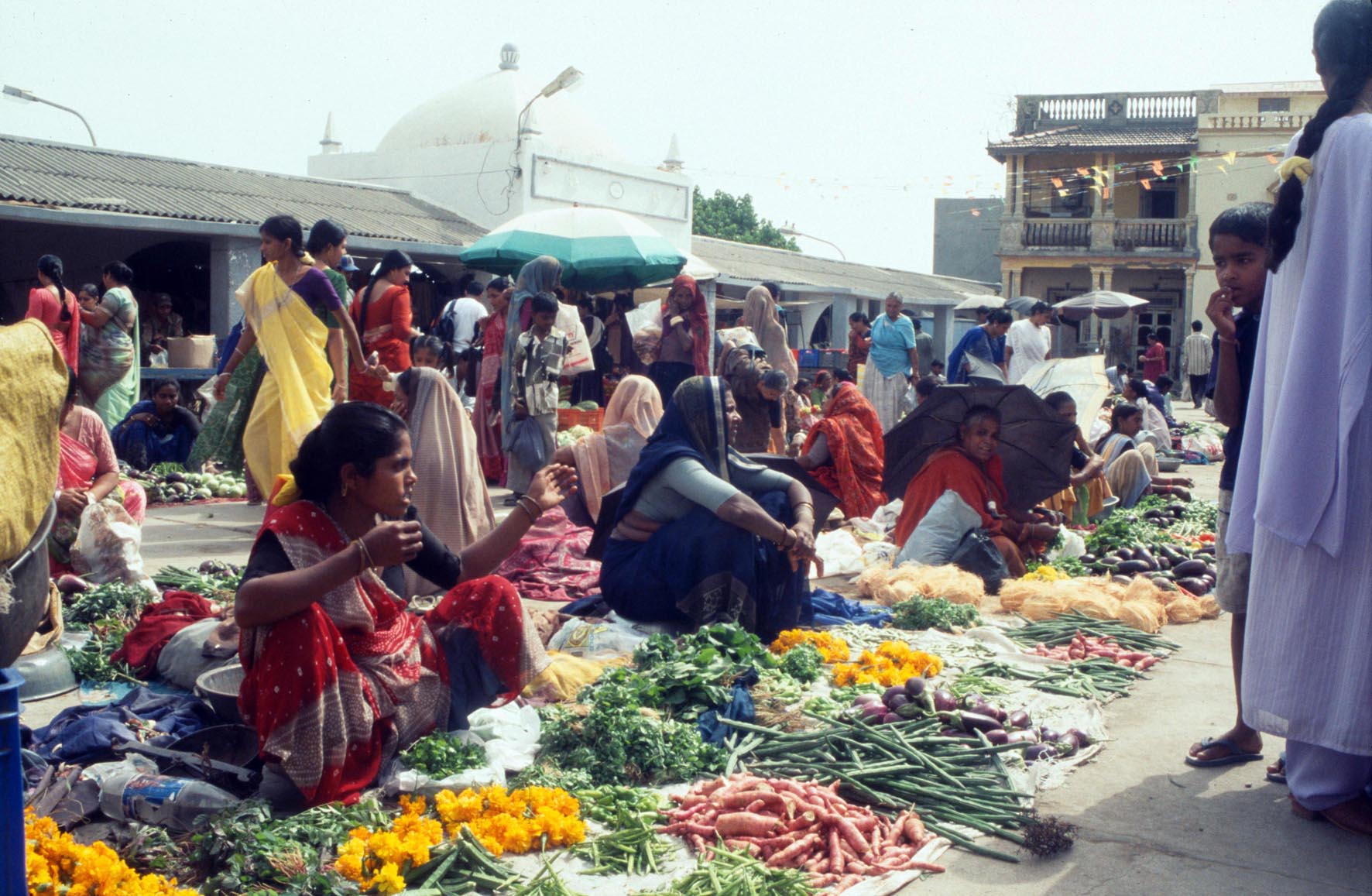 Survey of the fort and town of Diu and other features on the island of Diu. A number of papers have so far been published on the Portuguese fort, the town, and the island covering the churches, monasteries and mosques as well as the Zoroastrian fire temple and funerary monuments. The mediaeval and Portuguese architecture of the island are discussed both in their urban and in their historical context, presenting the unique heritage of the island. These papers also include a number of inscriptions in Portuguese and one in Persian, which throw light on the uneasy relationship between the Portuguese and the sultanate of Gujarat. The project is planned to include a full study of the numerous inscriptions found in Diu as well as culminating in a comprehensive monograph. Survey of the fort and town of Diu and other features on the island of Diu. A number of papers have so far been published on the Portuguese fort, the town, and the island covering the churches, monasteries and mosques as well as the Zoroastrian fire temple and funerary monuments. The mediaeval and Portuguese architecture of the island are discussed both in their urban and in their historical context, presenting the unique heritage of the island. These papers also include a number of inscriptions in Portuguese and one in Persian, which throw light on the uneasy relationship between the Portuguese and the sultanate of Gujarat. The project is planned to include a full study of the numerous inscriptions found in Diu as well as culminating in a comprehensive monograph.
Diu town, the market square, built in 1799 and renovated in 1876,
provides a friendly open space where farmers from the island and
neighbouring areas bring produce each morning, mostly sold by noon.
Ghubayra
Mehrdad Shokoohy was architectural consultant for the Programme of Excavation at Ghubayra, Iran at the School of Oriental and African Studies, University of London (1978-9) and Editor of its final report (1993-7) Excavations at Ghubayra, Iran.
|
|
 |
|
|